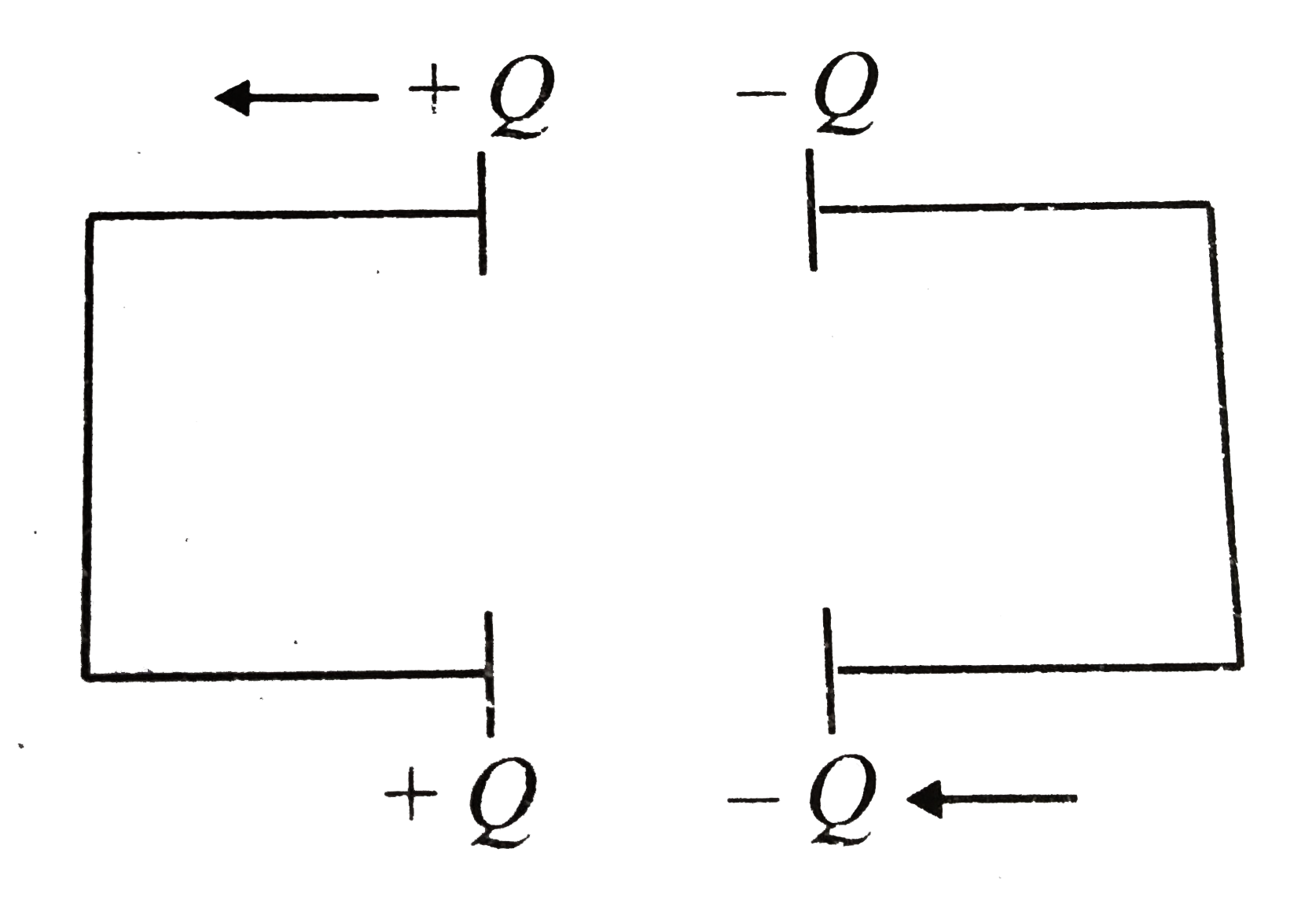The potentials of the two plates of capacitor are +10V and −10V. The charge on one of the plate is 40C. The capacitance of the capacitor is
2F
4F
0.5 F
0.25 F
The correct Answer is:A
Step by step video & text solution for The potentials of the two plates of capacitor are +10V and -10 V. The charge on one of the plate is 40 C. The capacitance of the capacitor is by Physics experts to help you in doubts & scoring excellent marks in Class 12 exams.
Updated on:21/07/2023Topper's Solved these Questions
- ELECTROSTATICSBOOK - TARGET PUBLICATIONCHAPTER - ELECTROSTATICSEXERCISE - CRITICAL THINKING
67 Videos
- ELECTROSTATICSBOOK - TARGET PUBLICATIONCHAPTER - ELECTROSTATICSEXERCISE - COMPETITIVE THINKING
124 Videos
- ELECTROMAGNETIC INDUCTIONBOOK - TARGET PUBLICATIONCHAPTER - ELECTROMAGNETIC INDUCTIONEXERCISE - EVALUATION TEST
8 Videos
- GRAVITATIONBOOK - TARGET PUBLICATIONCHAPTER - GRAVITATIONEXERCISE - EVALUATION TEST
24 Videos
Similar Questions
A potential difference of 250 Volt is applied across the plate of a capacitor of 10 pF. Calculate the charge on the plates of the capacitor.
View SolutionA battery is used to charge a parallel plate combination of two identical capacitors. If the potential difference across the battery is V and the total charge Q flows through the battery during the charging process then 1) The charge on each capacitor is Q/2 and the potential of each capacitor is V/2 2) The charge on each capacitor is Q and the potential of each capacitor is V 3) The charge on each capacitor is Q/2 and the potential of each capacitor is V 4) The charge on each capacitor is Q and the potential of each capacitor is V/2
View Solution
Knowledge Check
A capacitor is connected to a battery of 20 V, so that a charge of 100μC is obtained at the plates. The capacitance of the capacitor is
A6μFB5μFC9.5μFD10μFA capacitor of capacitance 10μF is charged to 100 V. It is now connected to uncharged capacitor in parallel so that the common potential becomes 40 V. The capacitance of the second capacitor is
A10μFB5μFC15μFD25μFThe capacitance of a parallel plate capacitor is 2μF and the charge on its positive plate is 2μC. If the charge on its plates is doubled, the capacitance of the capacitor
Aremains 2μFBbecomes 1μFCbecomes 4μFDdata insufficient
In a parallel palte capacitor with air between the plates, each plate has an area of 6×10−3m2 and the distacne between the plates is 3 mm. Calculate te capacitance of the capacitor. If this capacitor is connected to a 100 V supply, what is the each plate of the capacitor ?
View SolutionHow will the voltage (V) between the two plates of a parallel plate capacitor depend on the distance (d) between the plates, if the charge on the capacitor remains the same?
View SolutionThe charges appearing on inner surfaces of a parallel plate capacitor are q_( i and )q_(2) . The charges appearing on outer surfaces of the capacitor are equal.Find the potential difference between plates of the capacitor if capacitances is C.
View SolutionThe plates of parallel capaitor are given charges +4Q and −2Q. The capacitor is then connected across an uncharged capacitor of same capacitances first one (=C). Find the final potential difference between the plates of the first capacitor.
View SolutionA charge Q is imparted to two identical capacitors in parallel. Separation of the plates in each capacitor is d0. Suddenly, the first plate of the first capacitor and the second plate of the second capacitor start moving to the left with speed v, then

View Solution
